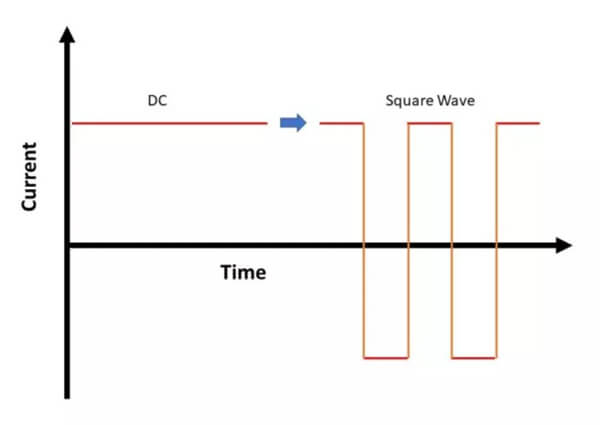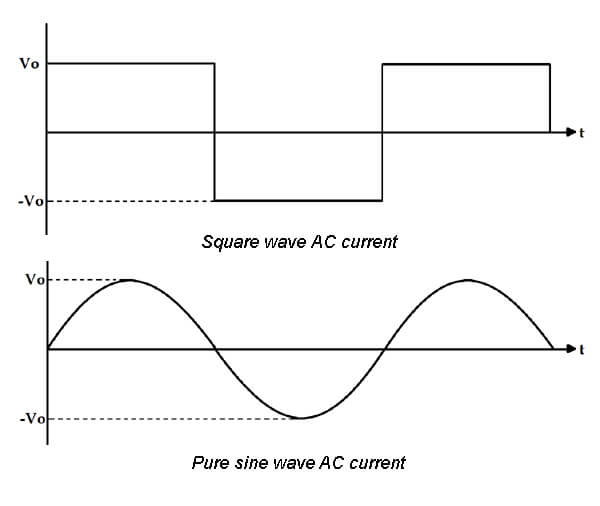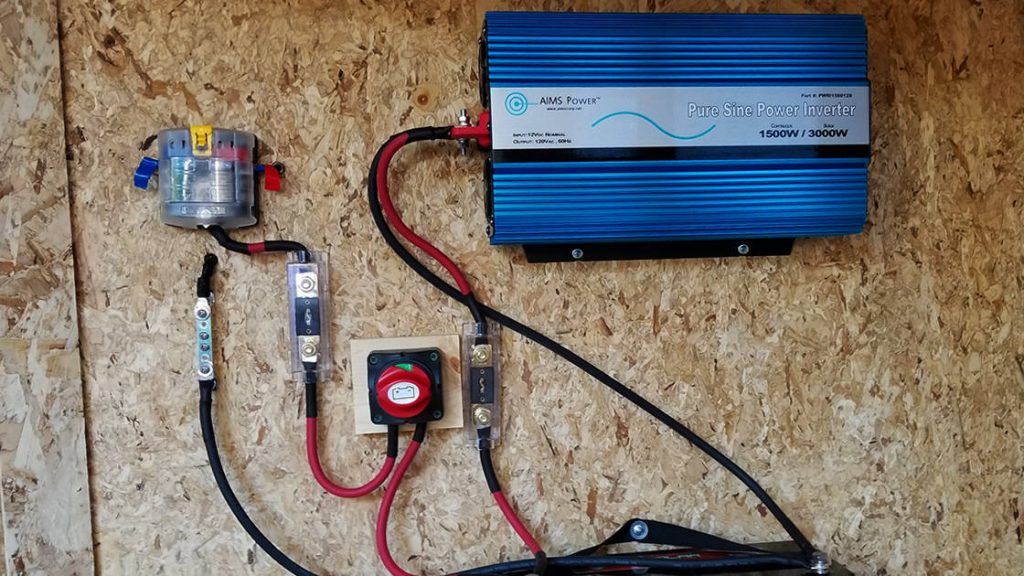A pure sine wave power inverter is an electrical device that converts DC electricity from a battery or another source to AC electricity. This type of converter can be used in many applications, such as for running sensitive electronics or powering lights and other equipment on the go.
Pure sine waves are necessary for some devices, but not all, so it’s important to do your research before purchasing an inverter. This article will cover what you need to know about this device including its pros and cons, how it works, where you might use one, and more!
What is a Pure Sine Wave Power Inverter
A pure sine wave inverter is an electrical supply that produces alternating current (AC) through the conversion of direct current (DC).
What this means is these devices can be plugged into standard household outlets to provide you with AC power, which is what most modern appliances use.
This allows homeowners to use various alternative energy sources like solar panels and wind turbines to generate electricity for their homes without sacrificing performance or expected lifespan on their electronics.
What sets these types of inverters apart from cheaper non-sine wave versions is they produce a sine wave output, which matches the voltage profile of traditional utility electricity while removing any potential surges or spikes that may harm your appliance’s circuitry.
It is this unique difference that makes them often cost more than standard models, even for smaller capacity models.
Related:
- What Size Of Inverter Do I Need? An Estimation Guide
- Top 8 Best Power Inverters For Cars – Best Buying Guide
- Top 5 Best Power Inverters For Home – Ultimate Buying Guide
- Top 8 Best Power Inverter For Semi Truck Reviews – Buying Guide
Benefits of a Pure Sine Wave Power Inverter
Pure sine wave inverters provide uniform and reliable power production, as well as reduce pollution by eliminating the need for other power sources.
A pure sine wave also wastes less energy, which makes it more efficient than other types of inverters. Benefits are achieved through its ability to produce a continuous Direct Current power.
The term “sine wave” refers to the shape that alternating current follows when measured against time due to natural changes in voltage during operation. It closely approximates the sort that traditional generators use.
If you’re shopping for an inverter, it’s important to choose one that produces pure sine wave output, as many of today’s appliances cannot run on the power that is not at the correct voltage.
Benefits include the ability to use more sensitive equipment like computers, refrigerators, or microwaves…, along with reduced noise interference during operation.
Benefits extend to devices with motors, too. For example, an AC fan or vacuum cleaner won’t emit a high-pitched hum when operated via a pure sine wave inverter.
How does a Pure Sine Wave Power Inverter work
There are several types of power inverters, but the most common is a pure sine wave inverter which converts DC current from a car’s battery or from any solar panel with a 12-volt output into AC current at household-level voltage and frequency (usually 120 or 240-volt alternating current at 60 hertz).

Graph of DC current change using on/off switch
How does a pure sine wave inverter work begins with its internal components: transistors and diodes, both of which conduct electricity in only one direction (unlike those found in semiconductors that can be “turned off”)
Pure sine wave inverter uses these two devices as simple switches for converting 12-volt direct current into 110 volts alternating current.

Graph of Square wave AC current and Pure sine wave AC current
Types of power inverters and their uses
The two main types of inverters are pure sinewave and modified. Your choice will greatly depend on what device or appliance you plan to run through the inverter, as well as its power (max) rating. We’ll cover this in another article but for now, let’s look at how these different types work!
-
Modified Sinewave Inverters
Modified sine wave inverters are a type of AC power converter that can produce the same waveform as standard ones but at much cheaper prices. However these devices aren’t without their drawbacks – they won’t provide clean power and some sensitive electronics may not work properly with modified waves such as Television, computers, refrigerators, or microwaves…
-
Pure Sinewave Inverters
Pure Sinewave Inverters turn AC power into pure sinewave, just like the one you would get from any outlet. This ensures that every device is getting clean and consistent voltage output no matter where it’s plugged in. It is suitable when used on sophisticated, sensitive devices and without any risk.
Why you should use a pure sine wave power inverter for your needs.
It’s important to think about what you need a power inverter for before purchasing one. Do you live in an area with frequent storms and experience blackouts often? If so, it’s probably best to get a pure sine wave power inverter.
Pure sine wave power inverters offer protection against damage caused by improper use of machinery like refrigerators and microwaves…, which isn’t always possible with other types such as modified sinusoidal waveforms.
A power inverter will help you to charge your devices and provide energy for simple electronics, but if that’s all you need them for then a modified sine wave is what’s best.
It is quite expensive to invest in a pure sine wave power inverter unless you really need their specific features like higher ampere ratings or better temperature stability over time and mix.
So do your research carefully before making a decision so as not to miss anything important.
Final Thoughts
Pure sine wave power inverters are a great option for people who need to run sensitive electronics or power lights and other equipment on the go. If you want one, be sure to do your research before purchasing an inverter so that you know if it will provide what is needed in order to function properly.
A pure sine wave converter can also be helpful at home because some devices require them while others do not. We hope this blog post has been informative and helped clarify any confusion surrounding these converters!
Further Reading:

